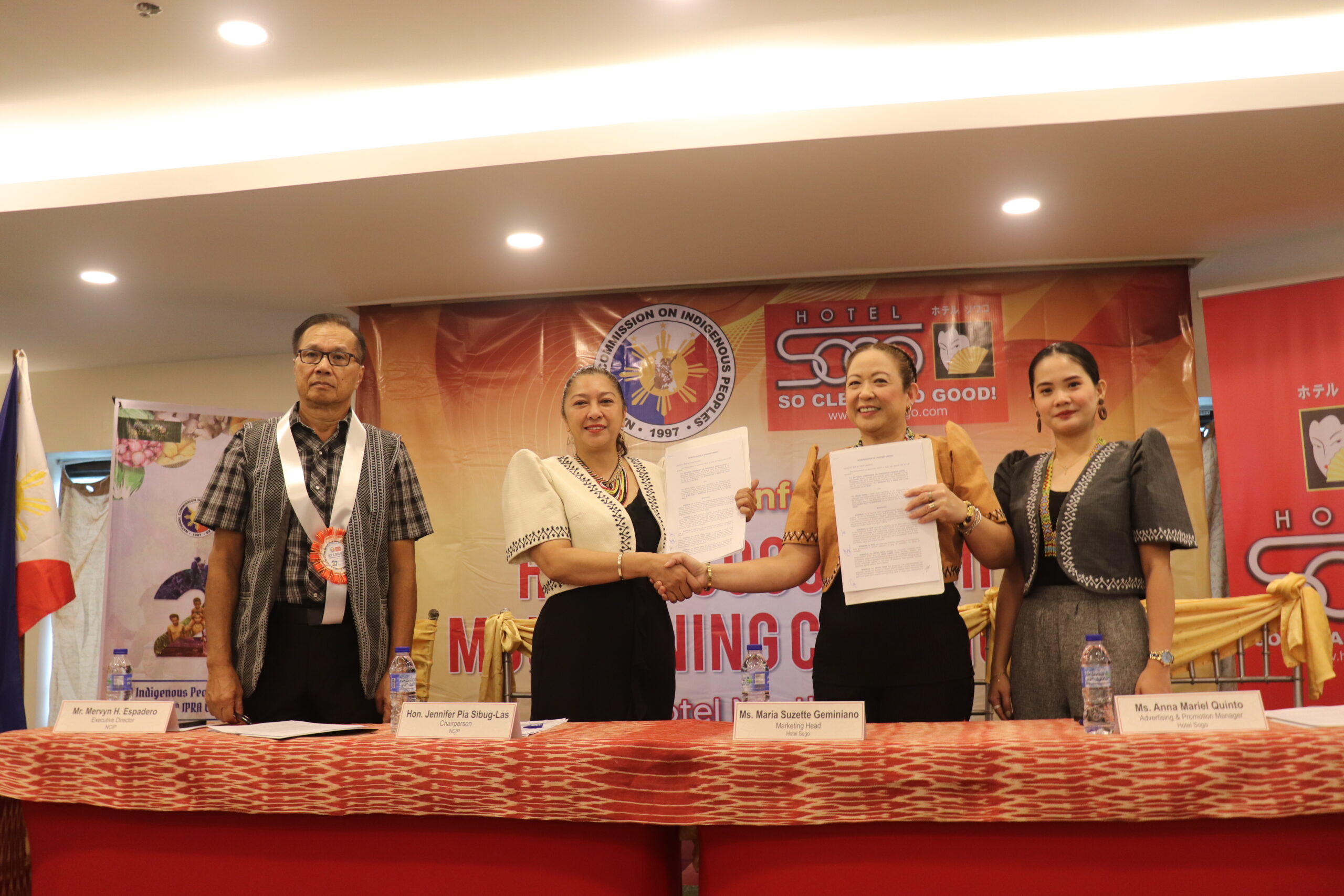A Potential Relief To Metro Manila Traffic Congestion
The World Economic Forum recently released its Global Competitiveness Report for 2017-2018 where the Philippines ranked 56th overall. One of the categories is infrastructure where the Philippines scored a notch higher from that of last year’s, however, its rank declined two steps and landed at 97th. Unsurprisingly, the same report revealed infrastructure is one of the top five most problematic factors for doing business in the Philippines.
Taking into consideration the Philippine government under President Rodrigo Duterte’s administration focus on infrastructure development, the National Economic and Development Authority (NEDA) has earlier approved the most “ambitious” infrastructure project of the Duterte administration, the Metro Manila Subway Project (MMSP). As of this writing, Japanese companies are queuing to win the contract of the Php 355.6 billion (roughly $7 billion) cost of the Philippines’ first-ever subway touted also as the country’s most expensive infrastructure project to date.
Having the features of Japan’s extremely efficient subway system like flood prevention, earthquake detection, water-stop panels and an advanced train stop system, the MMSP is regarded as the most “ambitious” infrastructure project yet initiated by the Duterte government .
Hitachi, one of the potential takers went to Manila last September for a press briefing to discuss their plans to engage in the Philippine rail sector.
“We have a very strong turnkey engineering solutions,” Asia Pacific Hitachi Ltd., Railway Systems Business Unit Shinya Mitsudomi said in a press briefing on Friday.

The project will be implemented by the Department of Transportation (DOTr) headed by Secretary Arthur Tugade, who announced the approval on September 13.
Designed to run more than 30 kilometers , this soon-to-be longest mass railway transit in the country will run from Quirino Highway in Quezon City to the NAIA Complex in Paranaque City,
Initially, the project is scheduled to break ground in the middle of 2018 and is expected to be completed by mid-2025. But due to the recently-held Third Philippines-Japan High-Level Meeting of the Joint Committee on Infrastructure Development and Economic Cooperation held in Tokyo on September 25, 2017, Japan and the Philippines agreed to fast-track the plan to build major infrastructure projects, including the MMST.
“Now that our plans have progressed, we intend to lay out specific plans on how to expedite the processing and implementation of the flagship projects,” said Finance Secretary Carlos G. Dominguez III , who headed the Philippine delegation.
According to the DOTr, MMSP will be partially operable by 2022, and fully operable by 2025.
After NEDA Board’s approval of MMSP on September 2017, Governments of Japan and Philippines signed the Exchange of Notes (EN) for infrastructure, which includes MMSP, during the recently concluded 20th ASEAN Summit in Manila in November 2017.
In accordance to the timeline of the MMSP provided by DOTr, a loan agreement is expected to be signed in January after the exchange of notes.
“The EN will set forth Japan’s commitment to finance MMSP, including the terms for such financing,” said DOTr.
“That [Exchange of Notes] should start things rolling,” said DOTr Undersecretary Thomas Orbos in an ABS-CBN interview.
Funding for the project will come from Official Development Assistance (ODA) from Japan with an interest of 0.10 percent per annum payable in 40 years, with a grace period of 12 years. ODA is a scheme adapted by the Duterte administration’s Build Build Build infrastructure program.
The NEDA Board has also approved P134 billion Philippine National Railways (PNR)-South Commuter Line and its extension, Php 151 billion PNR South Long Haul Line. These big-ticket infrastructure projects, cumulatively worth Php 643.25 billion, form part of the Mega Manila Dream Plan, a transport network roadmap by the Japan International Cooperation Agency.
The government’s Build, Build, Build campaign launched earlier this year promises to mark the start of the “golden age of infrastructure.” As part of its plan, it intends to spend between P8 to P9 trillion in the next six years. That’s almost double the proposed national budget for 2018, which is P3.7 trillion pesos.
In his arrival speech following his second official visit in Japan late October, President Duterte announced Tokyo’s affirmation to a pledge of a total $9 billion in assistance for economic and infrastructure projects to the Philippines, including MMSP.
Japanese foreign ministry said this amount forms part of their earlier commitment to provide 1 trillion yen or roughly equivalent to P456 billion worth of economic assistance to the Philippines.
In a statement following his meeting with Prime Minister Shinzo Abe on Monday, October 30, President Duterte reiterated the Philippines’ strong commitment to the strategic partnership with Japan.
“This covers huge impact social infrastructure projects that our country needs to sustain economic growth and improve the quality of life of our people,” Duterte said.
“Prime Minister Abe committed to give flesh to Japan’s special assistance program. I am committed to work closely with him to ensure that projects proceed soonest and it will be Done, Done, Done,” Duterte added
Portion of this amount amounting to 104.53-billion yen loan will be used for the first phase of the MMSP, with Japan agreeing to a 0.1 percent per annum interest rate, payable for 28 years on top of the 12 years grace period.




